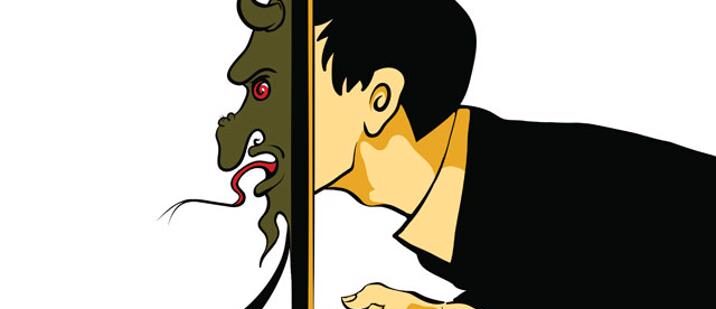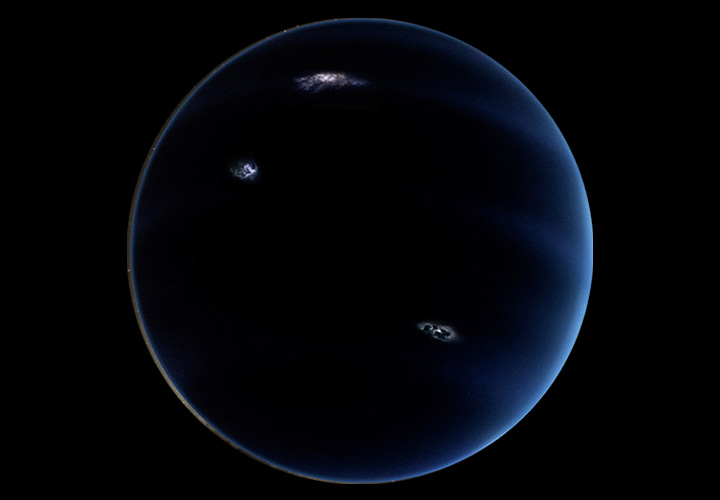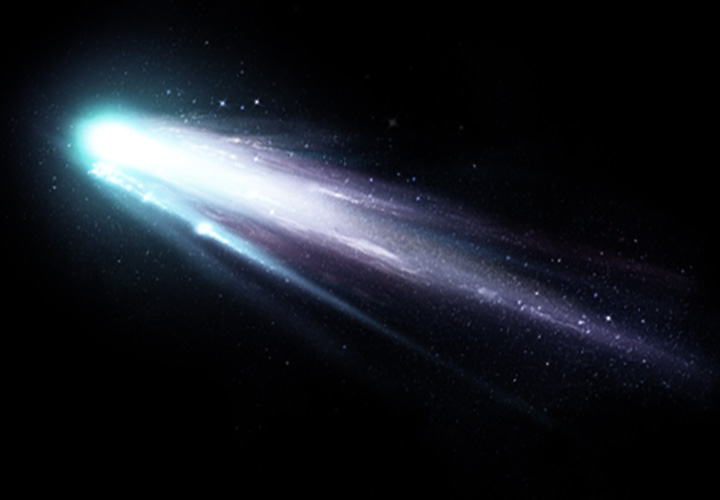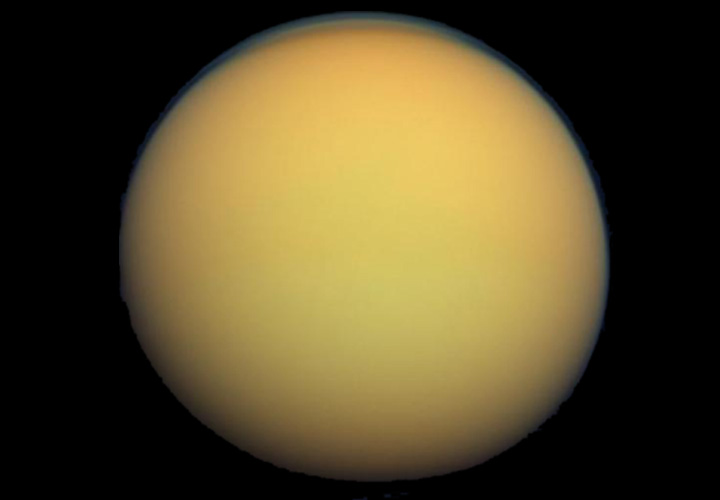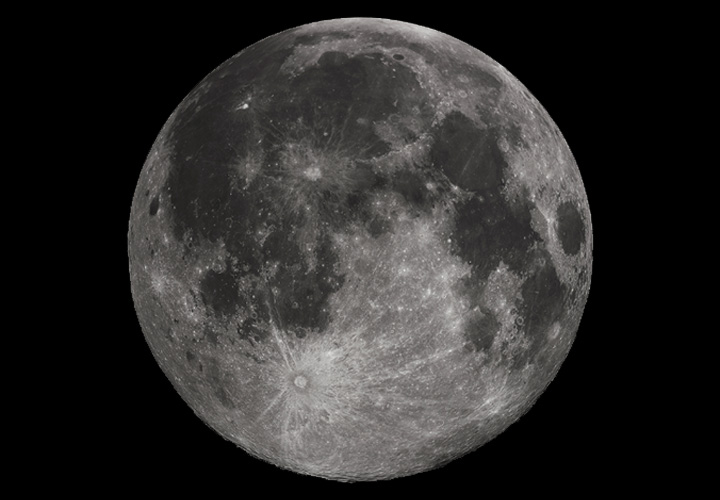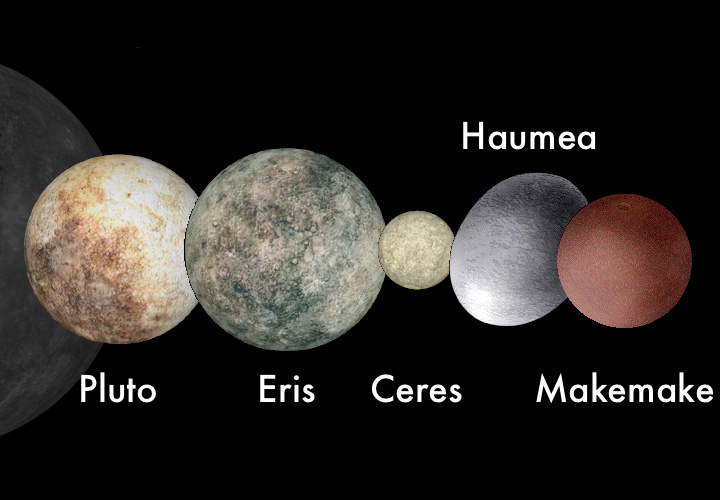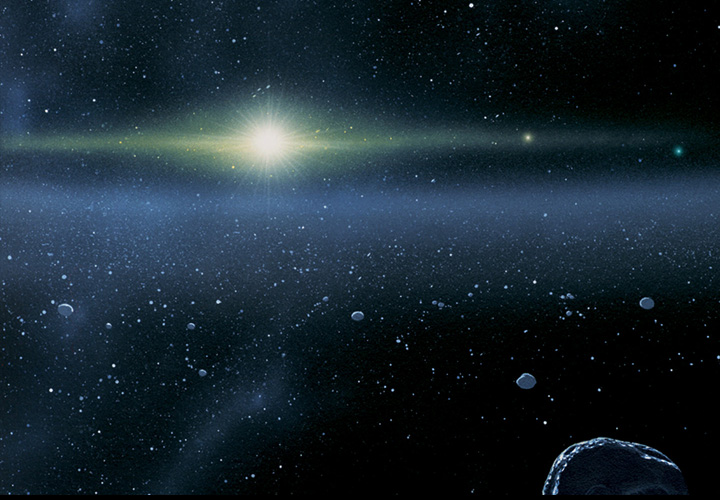The Art of Unlearning! : Curious case of Internet Trolling
Have you ever felt a strong desire of distributing your unsolicited opinions to virtual beings of social media? After a long hard day, do you get angry because random people are not living their lives the way you want them to? Do you have tendencies of being mean and offensive, even when you are not a bad person? Brace yourself my friend, you belong to the majority community of the internet. Every second human, with access to the worldwide web, has a tendency of being a source of hate. Those who don’t believe me don’t use Twitter enough.
Coronavirus, lockdown and conspiracy theories: For those who think it’s a sham!
Disclaimer:
Sarcasm intended
You may be offended
But truth is truth!
So, no apology extended
Are you having a string of strong negative emotions towards the people who are not letting you go out? Do you think Coronavirus is just a scam and it’s not as a big deal as it is made? Do your symptoms include annoyance, yelling, tweeting bullshit, and going into dangerous marches?
Gold, Money and Daughters: The Properties we Keep in Lockers
My father once shared a saying by a saint with me “If we plant a sapling in the shade of a big tree, it will never grow to the heights it is supposed to. Move that sapling away from the tree’s shade and it will grow up into a bigger tree. These saplings are like children, you have to give them some space and freedom to make them strong, independent and successful.” These lines were something he actually preached because the amount of freedom I got from my parents is unimaginable. In my small life of 28 years, not even once I was told that I can’t do anything because I am a female.
15 Facts about Planet Nine: The Mysterious Giant
In 2006, when Pluto lost its planet status, we were left with 8 planets. There is a chance that in the near future, the Solar System will be again a nine planet family. There is a Planet Nine hiding in the dark space, way beyond the known planetary boundaries. Here are some interesting facts about the unknown giant planet ‘Planet Nine’: These eTNOs tend to make their closest approaches to the Sun in one sector, and their orbits are similarly tilted. These improbable alignments suggest that an undiscovered planet (Planet Nine) maybe shepherding the orbits of the most distant known Solar System objects Planet nine is roughly 13 to 26 times the distance from Neptune to the Sun The Aphelion would be in the general direction of the constellation of Taurus; whereas the Perihelion would be in the general direction of the southerly areas of Serpens (Caput),…
15 Facts about Comets: The Lone Travellers
While most of the objects in the dark sky stay stationary and tiny, we do have some wild and shiny guests from time to time. These glittery cosmic creatures are comets ( ☄ , धूमकेतु ). These not-so-tiny stones catch fire when they come near the Sun and gives us the light show. Here are some interesting facts about the rockstars of our Solar system, Comets: The coma may be up to 15 times the Earth‘s diameter, while the tail may stretch one Astronomical Unit The astronomical symbol for comets is ☄, consisting of a small disc with three hairlike extensions Fear of comets as acts of God and signs of impending doom was highest in Europe from AD 1200 to 1650 Short-period comets originate in the Kuiper belt or its associated scattered disc, which lie beyond the orbit of Neptune. Long-period comets are thought to…
12 Facts about Moons of Solar System: The Loyal Followers (Part 2)
During the creation of the Solar System, the initial Protoplanets went through a lot of collisions. These collisions not only structured the system but also created partners of the planets. These partners are the moons that not only orbit the planets but also stabilise them. Some planets just trapped astronomical objects to orbit around them which became their moons. While the total number of moons in the Solar system is around 200, there are a few who display interesting features. Here are some interesting facts about some fascinating natural satellites aka Moons (Part 2): The surface area of moon Mimas is slightly less than the land area of Spain Janus’s mean orbital radius from Saturn is, as of 2006, only 50 km less than that of Epimetheus, a distance smaller than either moon’s mean radius Spaceprobe Huygens by European Space Agency (ESA) landed on Titan on January 14, 2005,…
15 Facts about Moons of Solar System: The Loyal Followers (Part 1)
During the creation of the Solar System, the initial Protoplanets went through a lot of collisions. These collisions not only structured the system but also created partners of some planets. These partners are the moons which not only orbits the planets but also stabilise them. Some planets just trapped astronomical objects to orbit around them which became their moons. While the total number of moons in the Solar system is around 200, there are a few who display very interesting features. Here are some interesting facts about some fascinating natural satellites aka Moons (Part 1): 19 moons in the solar system are large enough to be gravitationally rounded. They would be considered planetary or dwarf planets if they were in orbit around the Sun Most irregular moons are less than 10 km (6.2 mi) in diameter Appendix: Prograde Orbit, Retrograde Orbit There are 2 systems which are…
15 Facts about Dwarf Planets: The Unusual Family Members
Our Solar System is not only home to Sun, planets and their moons, and random small objects. There are other more defined structures which needed mention. Here we are talking about the Dwarf planets. Here are some interesting facts about the five recognized dwarf planets: The term dwarf planet was adopted in 2006 as part of a three-way categorization of bodies orbiting the Sun Liberal estimates are that another hundred or so known objects in the Solar System may be dwarf planets. The number may exceed 10,000 when objects scattered outside the Kuiper belt are considered Discoverer of Eris and Makemake, Michael E. Brown, stated that use of the term dwarf planet for a non-planet is “dumb” Ceres was the first asteroid to be discovered in the Asteroid Belt, thus the minor-planet designation: 1 Ceres Ceres does not have any natural satellite Pluto is…
Why we need more people like Elon Musk to Save our Nature
Elon Musk is an Engineer, Entrepreneur and a Billionaire. Be it his work, his love life or tweets, he is always in the News. He is not the richest person on the planet but he is certainly loved more than most of the richer ones. As a person, he has an army of admirers and a group of people who just hate him.
15 Facts about Kuiper Belt and Beyond: Trans-Neptunian Objects
The Solar System doesn’t end with the planets, there’s a whole world after it. Starting with the Kuiper Belt (काइपर घेरा), Scattered Disc, Detached Objects and the undiscovered Oors Cloud (ऑर्ट क्लाउड), the boundary of the Solar system is way further. These objects are known as Trans-Neptunian Objects (TNOs). This vast dark world has many unknown secrets waiting to be discovered. Here are some interesting facts about the Trans-Neptunian Objects: No confirmed direct observations of the Oort cloud have been made Kuiper belt is similar to the asteroid belt but is far larger—20 times as wide and 20 to 200 times as massive Appendix: AU Some of the Solar System’s moons, such as Neptune‘s Triton and Saturn‘s Phoebe, may have originated in the region Many compounds that would be gaseous when closer to the Sun remain solid in the Kuiper belt The region now called…
